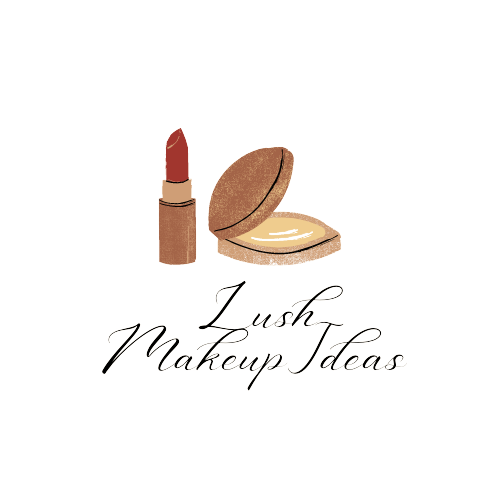Hi there! In this article, we’re going to talk about face paint tutorials for beginners. Whether you’re a newbie to face painting or just looking to improve your skills, we’ve got you covered. You’ll learn some basic techniques, tips for choosing the right products, and even some fun design ideas to get you started. So grab your brushes and let’s dive into the world of face painting!
Face Paint Tutorials For Beginners
Face painting can be a fun and creative activity for beginners with some practice and the right techniques. Whether you’re looking to entertain kids at a birthday party or create a striking look for Halloween, face painting can bring your imagination to life. In this article, we will guide you through the process of face painting, from choosing the right supplies to removing the paint afterwards. So let’s get started!
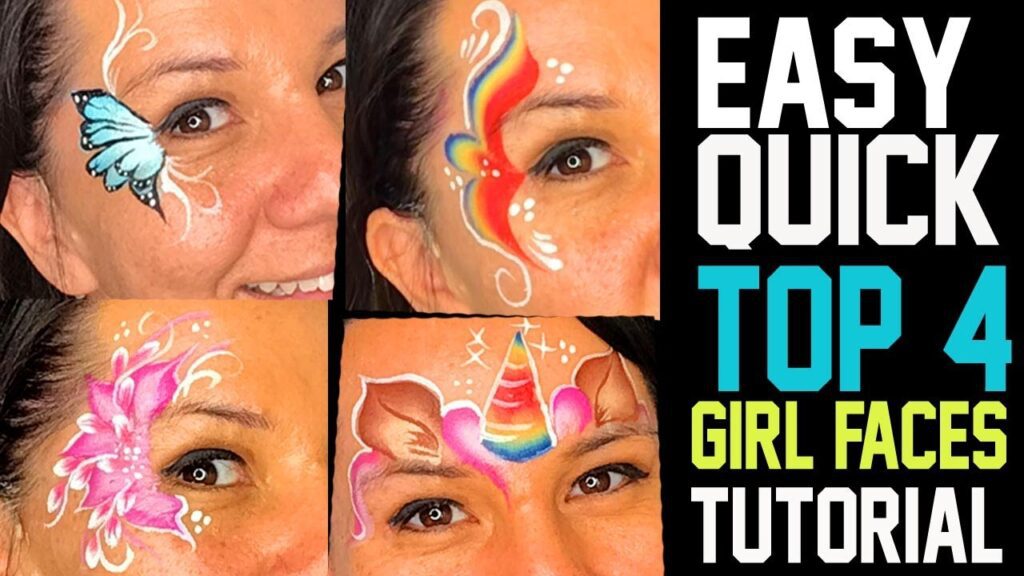
This image is property of i.ytimg.com.
Basic Supplies
Before you begin your face painting journey, it’s important to gather all the necessary supplies. Here is a list of basic supplies you’ll need to get started:
Choosing the right face paint
When it comes to face paint, it’s essential to choose high-quality, non-toxic paints that are specifically designed for use on the skin. Look for FDA-approved paints that are water-based and easy to remove. Avoid using acrylic or oil-based paints, as they can be difficult to remove and may cause skin irritation.
Essential brushes and sponges
To achieve different effects and details in your face painting designs, you’ll need a variety of brushes and sponges. Invest in a set of brushes with different sizes, ranging from fine detail brushes for intricate designs to flat brushes for larger areas. Sponges can be used to create smooth base colors or blend different shades together.
Setting up your work area
Create a comfortable and well-lit work area where you can paint faces with ease. Lay down a waterproof tablecloth or plastic sheet to protect the surface. Make sure you have access to clean water for rinsing brushes and sponges, as well as paper towels for blotting excess water and paint.
Preparing the Face
Before applying any face paint, it’s important to prepare the skin properly. Follow these steps to ensure a smooth and long-lasting face paint application:
Cleaning and moisturizing the skin
Start by cleansing the face with a gentle cleanser to remove any dirt or oils. Pat the skin dry and apply a light moisturizer to keep the skin hydrated. This will create a smooth canvas for the face paint and prevent it from cracking or peeling.
Using a primer for better adherence
If you want your face paint to last longer, consider using a face primer before applying the base color. A primer will create a barrier between the skin and the paint, helping it adhere better and stay in place for an extended period of time.
Applying a base color
Begin by applying a thin and even layer of a base color of your choice. Use a sponge or a brush to cover the desired area with the paint. Allow the base color to dry completely before moving on to the next step.
Techniques for Beginners
Now that you have prepared the face, it’s time to unleash your creativity and start painting! Here are some basic techniques that beginners can master:
Creating simple lines and shapes
Start by practicing basic lines and shapes on paper or on your hand before attempting them on the face. Use a thin brush to create straight lines or swirls, and experiment with different brush strokes to achieve different effects.
Blending and shading colors
To give your face paint designs depth and dimension, learn the art of blending and shading colors. Start with two contrasting colors and use a brush or sponge to blend them together. Gradually build up the layers to create a smooth transition between the colors.
Adding highlights and shadows
To bring your face paint designs to life, add highlights and shadows to create contrast and depth. Use a lighter shade of the base color to highlight certain areas, such as the cheekbones or the forehead, and a darker shade to create shadows around the eyes or the jawline. This will give your designs a three-dimensional effect.
Design Ideas
Now that you have mastered the basic techniques, it’s time to explore different design ideas. Here are some popular choices for face painting:
Butterflies and fairies
Create magical and whimsical looks by painting butterflies or fairies on the face. Use vibrant colors, intricate patterns, and glitter to bring these designs to life. Allow your imagination to run wild as you transform a plain face into a work of art.
Cute animals and creatures
Kids love having their faces painted as their favorite animals or creatures. Whether it’s a cat, a lion, or even a dinosaur, let your creativity shine as you bring these characters to life. Use different colors, textures, and details to make the designs come alive.
Superheroes and princesses
Bring out the inner superhero or princess in kids with face paint. Create iconic designs such as Spiderman, Batman, or Wonder Woman. For princesses, opt for delicate and elegant designs using soft colors and glitter. These designs are sure to make any child feel like they’re part of their favorite story.
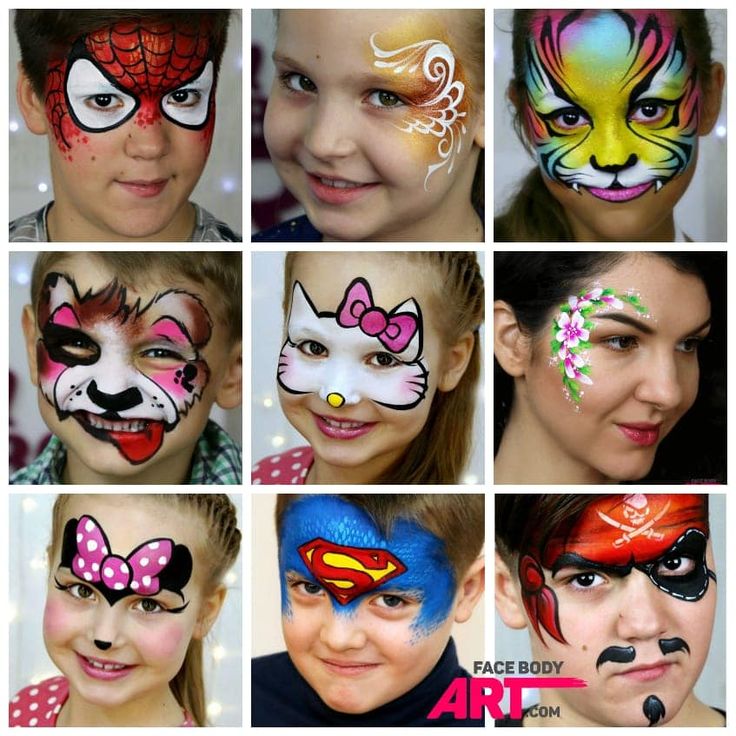
This image is property of i.pinimg.com.
Step-by-step Tutorials
To help you get started, here are some step-by-step tutorials for popular face paint designs:
Easy flower design
- Start by applying a light base color on the desired area.
- Use a thin brush to draw a circle in the center of the flower using a contrasting color.
- Add petals around the circle using gentle brush strokes.
- Use a darker shade to add depth and shading to the petals.
- Finish off the design by adding highlights and small details.
Rainbow unicorn
- Apply a white base color on the forehead and cheeks.
- Use a sponge to create a rainbow effect by blending different colors vertically.
- Use a thin brush to paint a unicorn horn on the forehead using a metallic color.
- Add details such as eyes, lashes, and glitter to complete the unicorn look.
Spiderman face paint
- Apply a red base color on the face, leaving the area around the eyes free.
- Use a thin brush to create spiderweb patterns with black paint around the red base.
- Paint the area around the eyes with white paint and add black details to represent Spiderman’s mask.
- Complete the look by adding a spider logo on the chest.
Tips for Success
To ensure a successful face painting experience, keep the following tips in mind:
Practicing on paper or your hand first
Before attempting any design on someone’s face, practice it on paper or your hand first. This will help you become familiar with the brush strokes and the paint consistency, allowing you to perfect your technique before applying it to the face.
Working with a steady hand
Face painting requires precision and attention to detail. To achieve a polished look, it’s important to work with a steady hand. Rest your hand on the person’s face or use your fingers as a stabilizer to ensure smooth brush strokes and clean lines.
Taking breaks to avoid fatigue
Face painting can be a time-consuming activity, especially for beginners. Remember to take breaks to rest your hand and prevent fatigue. This will help you maintain your focus and ensure that the designs are executed with precision.
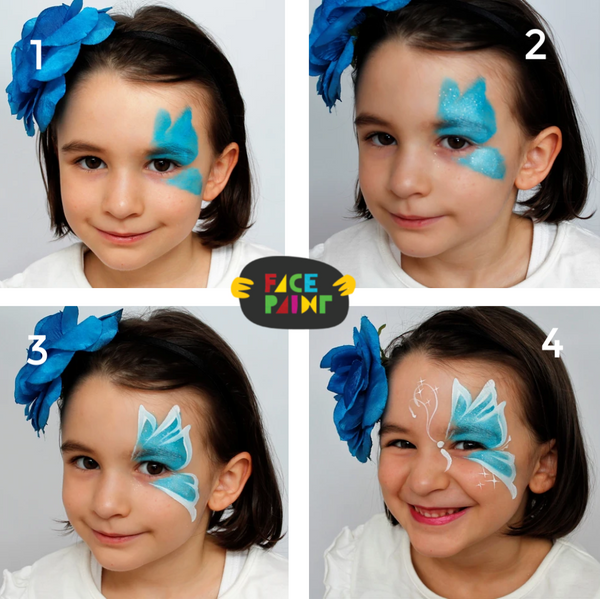
This image is property of cdn.shopify.com.
Removing Face Paint
Once the fun is over, it’s time to remove the face paint properly. Follow these steps to remove face paint without causing any irritation or damage to the skin:
Gentle cleansing with makeup remover
Start by gently wiping away the face paint using a makeup remover or baby wipes. Be careful around the sensitive areas like the eyes and mouth. Use a gentle touch and avoid rubbing the skin vigorously.
Using gentle cleansers and warm water
After removing as much face paint as possible with the wipes, cleanse the skin with a gentle cleanser and warm water. Gently massage the cleanser into the skin to remove any remaining traces of paint. Rinse thoroughly and pat the skin dry.
Moisturizing the skin afterwards
Finish by applying a moisturizer to hydrate and soothe the skin. This will help restore its natural moisture balance and prevent any dryness or irritation caused by the face paint.
Safety Precautions
While face painting can be a fun and enjoyable activity, it’s important to prioritize safety. Follow these precautions to ensure a safe face painting experience:
Using FDA-approved face paints
Always choose face paints that are FDA-approved and labeled safe for use on the skin. These paints have undergone safety testing and are specifically formulated to be non-toxic and skin-friendly.
Avoiding sensitive areas like eyes and mouth
Avoid painting the delicate areas around the eyes and mouth to prevent any potential irritation or discomfort. Stick to the forehead, cheeks, and other non-sensitive areas when creating your designs.
Checking for allergic reactions
Before applying any face paint, it’s important to perform a patch test on a small area of the skin. This will help determine if the person is allergic to any of the ingredients in the paint. If any redness, itching, or irritation occurs, discontinue use immediately.
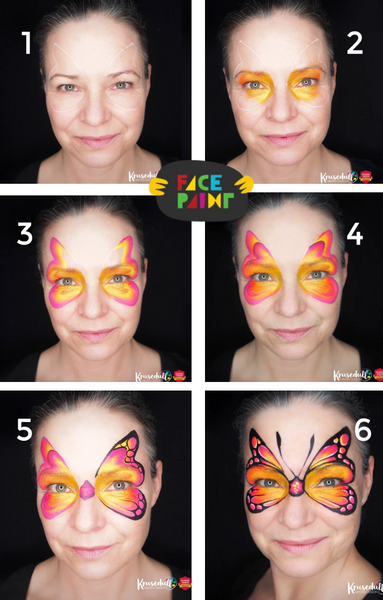
This image is property of cdn.shopify.com.
Celebration and Event Ideas
Face painting is a popular activity for various celebrations and events. Here are some ideas on how to incorporate face painting into different occasions:
Face painting for birthday parties
Make any birthday party extra special by offering face painting as an interactive and memorable activity. Let the kids choose from a range of designs and create personalized looks that match the party theme.
Halloween face paint ideas
Halloween is the perfect time to get creative with face paint. From spooky zombies to enchanting witches, the possibilities are endless. Create unique and eye-catching designs that will leave everyone impressed.
Face painting at festivals and fairs
Capture the spirit of festivals and fairs by setting up a face painting booth. Let people express their creativity and individuality by transforming their faces with elaborate designs. This can be a fantastic opportunity to showcase your skills and connect with a larger audience.
Conclusion
Face painting is a delightful and imaginative activity that can bring joy to both children and adults alike. With the right supplies, techniques, and design ideas, you can create stunning and memorable face paint designs. Remember to prioritize safety, practice your techniques, and have fun exploring your creativity. So go ahead, grab your brushes and sponges, and unleash your inner artist with face paint!
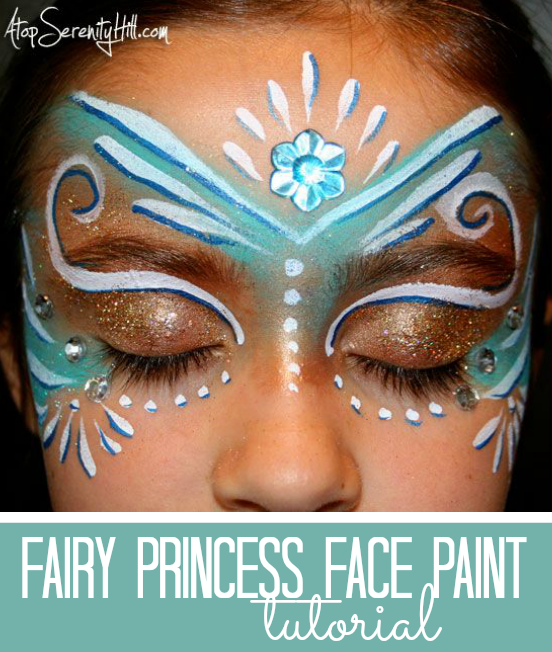
This image is property of www.u-createcrafts.com.
